#Largest Sitka Spruce Tree
Explore tagged Tumblr posts
Text
Travel: Olympic National Park, WA & Seattle
We spent about a week hiking and visiting different areas through the Olympic National Park in Washington. It sits at the intersection of rugged Olympic mountains and the vast expanse of the Pacific Ocean with several rivers and streams flowing through the region. Pacific salmon and many other species inhabit the region. Hurricane Ridge and Sequim, Crescent Lake, Marymere Falls From Oakland we…

View On WordPress
#Chihuly Garden and Glass Museum#Gig Harbor#Graymarsh Lavender Farm#Hoh River#Hoh Temperate Rain Forest#Hurricane Ridge#KalaLoch Beach#Lake Crescent#Largest Sitka Spruce Tree#Marryman Falls#Marymere Falls#Olympia Staircase Trail#Quinault#Ruby Beach#Salmon Cascade#Seattle Space Needle#Sequim#Sol Duc Trail
0 notes
Text
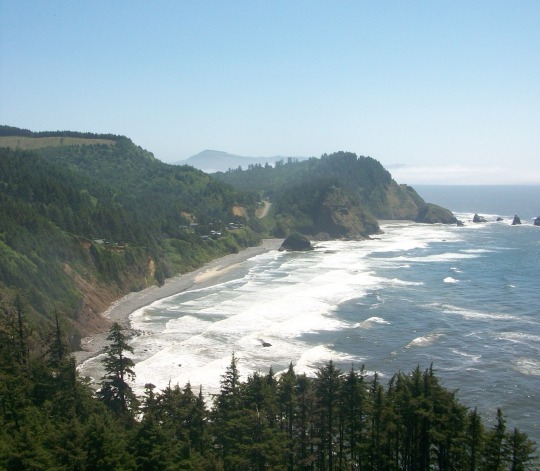
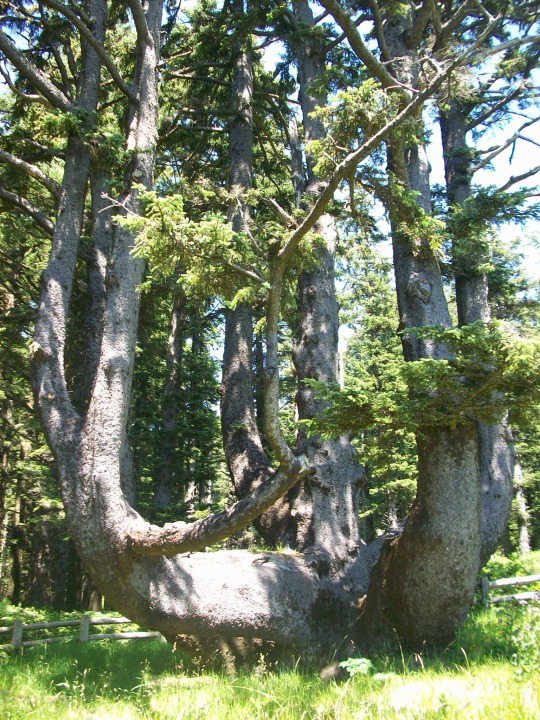

coast of cape meares oregon + the octopus tree + oregons largest sitka spruce
9 notes
·
View notes
Text
A writer’s guide to forests: From the poles to tropics, part 2
Dearest writers, and all who find this guide, big shout out to you. Now let’s get back into things and move ever closer to the equator.
Temperate rainforest
While most people think of rainforests as being a purely tropical environment, several exist in more seasonal areas of the planet.
Location- Coastal regions. The North American temperate rainforest is a thin belt stretching from California, through British Columbia and up into southern Alaska. In the southern hemisphere, the largest forest is found along the southern stretches of the Andes.
Climate- Temperate to subpolar. Conditions are wet, with moisture coming in the form of rain and sea mist. Seasons are variable, with summers being warm and winters cold and snowy.
Plant life- Conifers dominate these forests, with deciduous trees restricted to lower altitudes. In the north, the primary species are Sitka spruce, Douglas fir, red cedar, western hemlock, and giant redwoods. Southern forests are dominated by Podocarps, Monkey puzzle, and southern beech. High humidity means that moss, lichens and ferns grow amongst tree trunks and the forest floor.
Animal life- Whilst more densely populated than the boreal forests, the amount of wildlife is limited by resinous conifer needles, and the lack of plants on the forest floor in denser areas. Most species are arboreal, with weasels, squirrels, and various birds along up the majority of life. Moist conditions mean that there are many types of amphibians and invertebrates that live on the forest floor. Southern hemisphere forests have become host to many invasive species, such as deer, beavers, rats, and ferrets.
How the forest affects the story- The most obvious challenge for characters will be the changing of the seasons. What do your characters do as the days grow shorter and colder? And let’s not forget that rain and mist are common. Damp conditions are a breeding ground for mold and rot, so people will have to come up with ways of keeping them and their possessions dry.Then comes the vegetation. What kind of culture would develop among the tallest trees in the world? Do they live on the forest floor or up in the trees? The density of the canopy can make farming impractical, unless done in clearings or tree top platforms. If your characters and their society are arboreal, then how do they travel between trees? Bridges? Zip-lines? Or do they take inspiration from nature and glide between trees? Imagine if people on the ground meet those from up above. How would these two cultures be different? Would interactions be peaceful, antagonistic, or do they have no contact (at least until the plot requires it)? Being close to the coast, does the sea have an influence on characters and their culture? How would you explain this to someone not familiar with this environment? And you are not limited to the Earth. Remember, the California forests were the stand-in for the forest moon of Endor from Star Wars.
#writing#creative writing#writing guide#writing inspiration#writing prompts#writer on tumblr#writeblr
25 notes
·
View notes
Link
These were taken the trail to the largest Sitka spruce tree in the world which is near Lake Quinault. Nice dark, forested trail that could be...anywhere, really. Use your imagination, in your world, where does this go? SEVEN photos at 2816x2112 Software: Photoshop Coming soon: https://3d-stuff.net/ #daz3d #dazstudio #3drender #3dart #daz3dstudio #irayrender #3dartwork #blender #blenderrender #blenderart #noaiart #noaiwriting #noai https://3d-stuff.net/
0 notes
Text

here he is literally mid-slide on the worlds largest sitka spruce tree on the same day so you tell me whos lying


i still got my mud
20 notes
·
View notes
Text
Climate Change Fuels Northwest Tree Die-back
I’ve been living in the Pacific Northwest since 2006. I moved here in part because of the overall milder weather compared to the Midwest where I grew up. And yet since then I’ve watched the average temperatures get hotter, the hot periods get longer, and the rainy season shorten at both ends like the edges of a dried leaf curling up in drought. This has led to an increase in tree die-back.
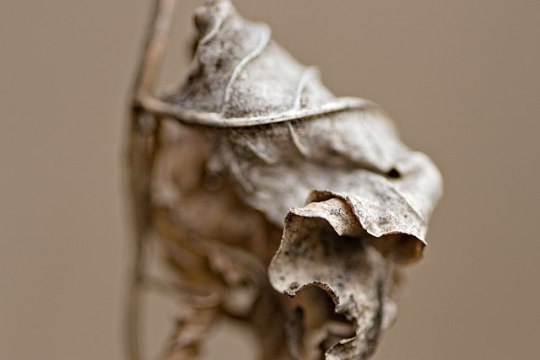
There’s no more iconic natural symbol of this region than a forest. Images of vast conifer woods are used to attract tourists here, and tree iconography graces company logos, license plates, and the flag of our bioregion. The timber industry still holds immense amounts of power and land here, but conservation groups are hard at work preserving as much non-plantation forest as possible, especially the last few scraps of old growth.
It is alarming, then, to see that some of the first widely visible casualties of climate change are trees.
Last year Oregon saw the biggest die-off of fir trees–true firs in the genus Abies, not the Douglas fir, Pseudotsuga menziesii. My favorite species of tree, the western red cedar (Thuja plicata) is also declining at a frightening rate. And for the last few years, I’ve watched numerous Sitka spruce trees (Picea sitchensis) struggle and ultimately die; mature trees are surprisingly susceptible. It’s not just the conifers that are in trouble, though; one of the region’s largest deciduous trees, the bigleaf maple (Acer macrophylla) has also been hit hard by hotter, drier summers.

It’s a one-two punch, because drought-stressed trees are more susceptible to diseases and parasites. The Sitka spruce are plagued by spruce aphids, for example, but the other species also have trouble fighting off their attackers. Couple that with warmer winters that may not kill off as many invertebrates, fungi, and bacteria as usual, and infestations often roar back even bigger once spring returns. If the trees were healthy and well-hydrated their immune systems might have a better chance of fending off pathogens, but drought weakens them too much.
Other denizens of the forest are struggling, too. Amphibians here and elsewhere aren’t just going to be seeing more of their habitat dry up, but they’re also feeling more pressure from fungal infections and other pathogens. And last year the mycelium of many fungi dried out so badly in the heat that we had a terrible fall mushroom season; fungi need a certain level of hydration to be able to move the nutrients required to build the mushrooms.
I wish I could tell you there were sure fixes for tree die-back and other environmental ills. Unfortunately, even a basic understanding of climate change makes it clear that this is a massive, multi-faceted problem compounded by other environmental destruction. There are plenty of people trying to pick this massive Gordian knot apart, but it’s going to take time, and for those of us alive right now climate change mitigation is more likely than total reversal.

But–sometimes the best thing one single person can do is tug at an individual thread. And sometimes that can make a difference on a local, personal level. For example, arborists suggest that if you have a small number of vulnerable trees in your yard, you may be able to help them get through the drought with supplemental watering. Planting more native trees is still a valid way to help, too! Your young seedlings and saplings may also need some extra water each summer, but even if only some of them survive further tree die-back that’s still more trees than there were before. Just make sure you’re planting them in appropriate ecosystems!
Since I mentioned them earlier, amphibians and other wildlife can benefit from the preservation and restoration of their habitat, even small patches of wetlands and other cool, damp places. If you’re feeling ambitious and have the opportunity, building a small pond and surrounding it with native plants may offer frogs and salamanders a safe place to spawn and rest.
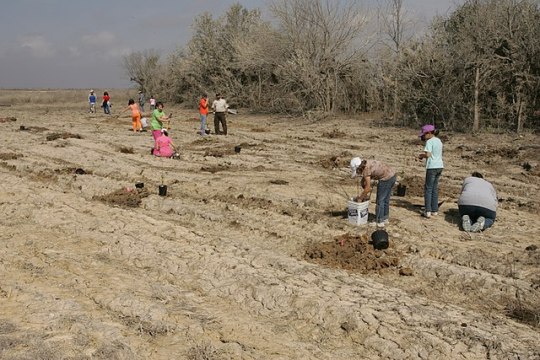
Even if you don’t have a yard or can’t take on a project at home, see if any local municipal, county, or nonprofit organizations need volunteers for habitat restoration projects in your area. Biodiversity centered on native species is one of the best ways to help an ecosystem weather harsh changes; even if one species is struggling, another native species in the ecosystem may be able to take up some of the slack and still support the overall web of interrelationships. Removing invasive species is quite possibly one of the best ways to prepare an ecosystem for the onslaught of climate change. And not every member of a given species is going to drop dead instantly; a healthy population of a species can handle some mortality and still reproduce enough to keep going. Habitat restoration is key to both bolstering biodiversity and increasing population numbers of the species themselves. That’s going to help the trees, the fungi, the amphibians, and everyone else, too.
Finally, it’s important to keep taking care of yourself. You can’t be a good steward to the nature around you if you’re so tired and depressed that you can barely get out of bed. The stress of climate change, sociopolitical turmoil, and interpersonal issues, among other things, is enough to have knocked a lot of people down; even I have days where my optimism gets tarnished and worn. So please don’t feel bad if you just can’t muster the time, energy, or other resources to “go save the world.” Do your best to get that self-care going, even if it’s just the bare bones, and no need to feel guilty, either.

One thing I find helps a lot when I’m feeling down about, well, everything is to take Mr. Rogers’ advice and look for the helpers. The news is full of negativity because that’s what gets clicks. But I try to focus on ways people are trying to improve things. Sometimes amid the scary headlines I do find stories of scientific breakthroughs that can help curb climate change symptoms, or other environmental success stories. I consider that in spite of the unwieldiness of large, governmental bodies, there are people within federal, state, and other public entities who are doing their best to use the resources available to them to do some good in the world. I also reconnect with individual people I know who are trying to make the world a better place, even in very small ways, and I remember that quite often the changes that are helping are too quiet and unobtrusive to make it into the media. Or, as Tolkien said via Gandalf the Grey: “I have found that it is the small everyday deed of ordinary folks that keep the darkness at bay. Small acts of kindness and love.”
And I walk outside, where there are still many Sitka spruce in view. A few of them still show damaged branches from previous heat waves, but they persist in spite of that. In the weeks to come, the tips of their branches will start growing bright green new growth for the year. I can’t promise them that I can save every single one in the next tree die-back, but it reaffirms for me that I still have many reasons to keep fighting.
Did you enjoy this post? Consider taking one of my online foraging and natural history classes or hiring me for a guided nature tour, checking out my other articles, or picking up a paperback or ebook I’ve written! You can even buy me a coffee here!
#climate change#tree#forest#environment#environmentalism#conservation#habitat restoration#endangered species#nature#trees#look for the helpers#amphibians#wildlife#ecology#self care#fungi#mycelium#drought
74 notes
·
View notes
Text
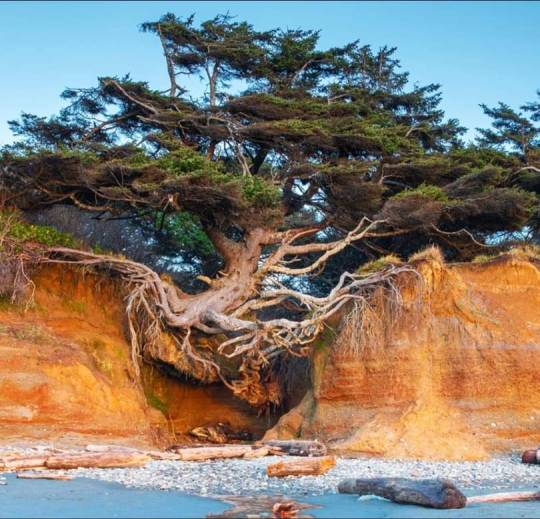
Washington State’s ‘Tree Of Life’
Olympic National Park’s Tree of Life seems to defy all logic. The grand Sitka spruce sits almost in midair with all of its roots exposed and hanging below.
Perched between two steep slopes, the tree holds on by only a few of its roots while the rest hang below, inexplicably staying standing and gaining enough nutrients to not only survive but to fully thrive. As a Sitka, it is the largest type of spruce, and its wide and tall trunk leads to a lively and green group of leaves — all without any soil to support this growth.
169 notes
·
View notes
Text
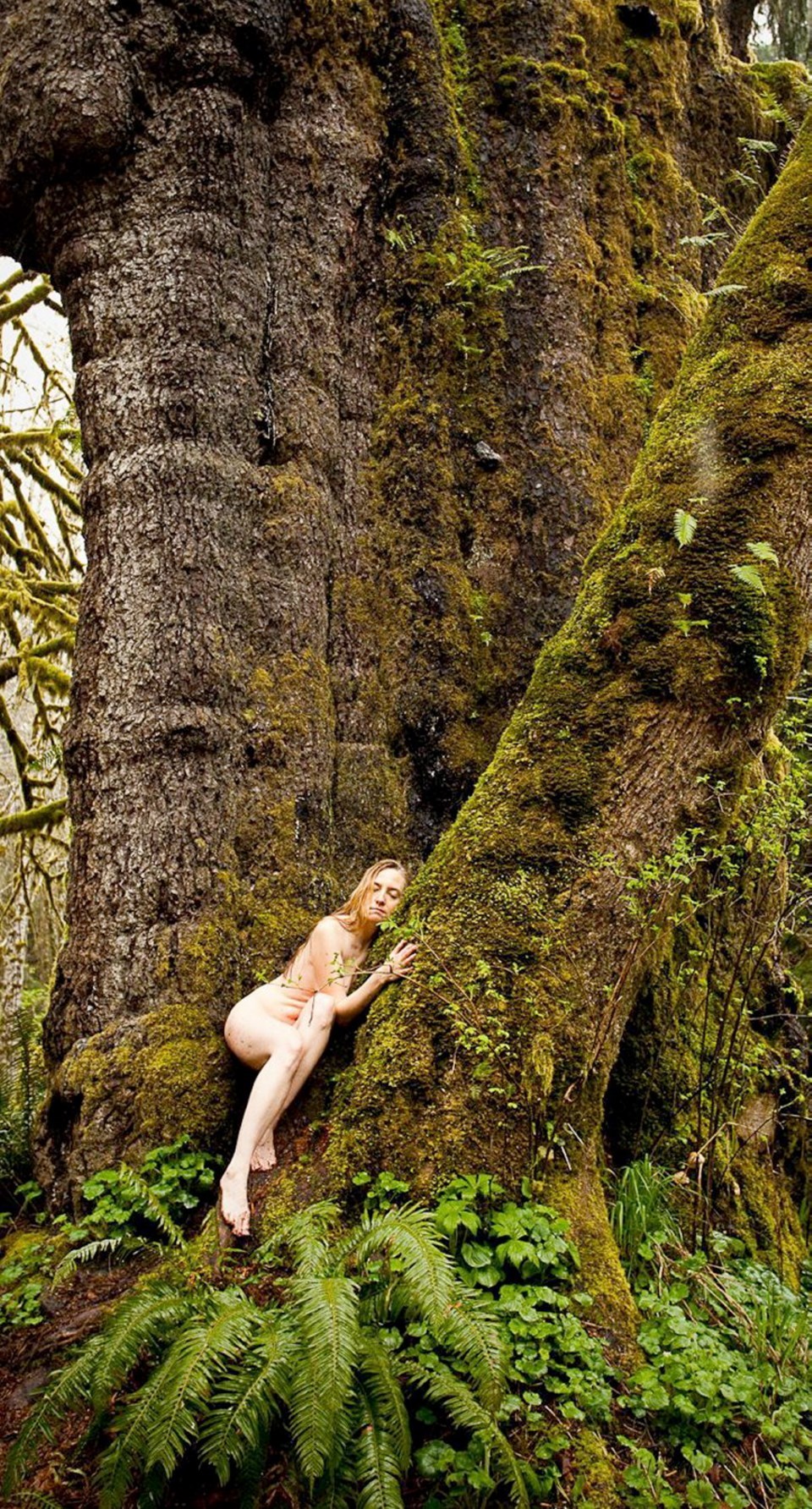
Julianne Skai Arbor hugs the San Juan spruce, Canada's largest Sitka spruce tree, near Port Renfrew. by Judith Lavoie
10 notes
·
View notes
Text
Picea sitchensis, the Sitka spruce, is a large, coniferous, evergreen tree growing to almost 100 meters (330 ft) tall, with a trunk diameter at breast height that can exceed 5 m (16 ft). It is by far the largest species of spruce and the fifth-largest conifer in the world.
Sitka spruce is a long-lived tree, with individuals over 700 years old known.
12 notes
·
View notes
Text
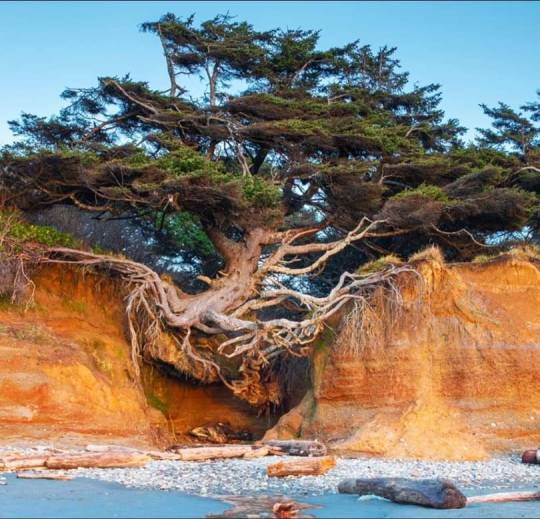
Washington State’s ‘Tree Of Life’
Olympic National Park’s Tree of Life seems to defy all logic. The grand Sitka spruce sits almost in midair with all of its roots exposed and hanging below.
Perched between two steep slopes, the tree holds on by only a few of its roots while the rest hang below, inexplicably staying standing and gaining enough nutrients to not only survive but to fully thrive. As a Sitka, it is the largest type of spruce, and its wide and tall trunk leads to a lively and green group of leaves — all without any soil to support this growth.
8 notes
·
View notes
Text


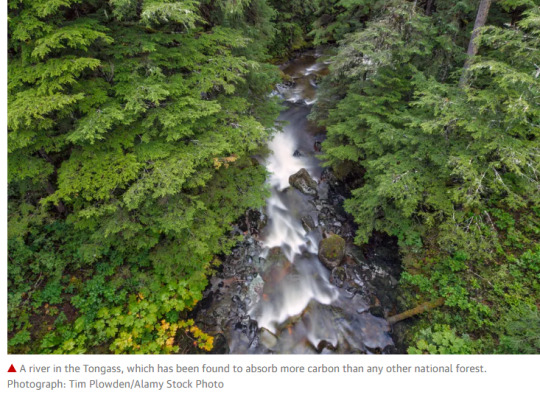
A coalition of Alaskan native tribes [...] have filed a lawsuit in an effort to save America’s largest national forest by overturning one of the Trump administration’s most contentious environmental rollbacks. Protection for the Tongass national forest in Alaska, one of the world’s last intact temperate rainforests, which plays a crucial role in fighting climate change, has been gutted by a recent US government decision to overturn a two-decade ban on logging and road building.
The widely condemned rollback jeopardizes the ancestral homelands of the Tlingit, Haida and Tsimshian people, and threatens the culture and food security of many indigenous communities who rely on the Tongass [...].
The decision to exempt the Tongass from the Roadless Rule, which protects millions of acres of pristine forest nationwide, came after [the president] personally intervened following a private meeting with the Alaska governor, Mike Dunleavy [...]. The subsequent consultation process by the Forest Service was also mired in allegations of funding violations and bias towards the logging industry and the state of Alaska, which has long pushed for the Roadless Rule to be revoked.
Now Earthjustice and co-counsel Natural Resources Defense Council are suing the US Department of Agriculture and the Forest Service on behalf of [...] more than a dozen conservation organizations and five tribes: the Organized Village of Kake; Organized Village of Saxman; Hoonah Indian Association; Klawock Cooperative Association; and Ketchikan Indian Community. [...]
Stretching 16m acres over 500 miles, the Tongass is unique for its size and biodiversity, with thousands of islands, waterways, glacial fjords and green valleys flanked by rugged mountains and sprawling forests of old-growth cedar, spruce and hemlock trees. It is home to myriad species including wild Pacific salmon, brown bears, wolves, Sitka black-tailed deer and bald eagles. [...]
Exemption from the Roadless Rule leaves more than 9m acres of forest vulnerable to a new wave of clear-cutting and roadbuilding, and threatens a key buffer against climate change. [...]
It could take up to a year for the federal court in Juneau to rule on the litigation, leaving the Tongass vulnerable to speculators [...]. “If the judge doesn’t overturn the government decision, our way of life will be destroyed,” Joel Jackson, 64, president of the Organized Village of Kake, told the Guardian.
“The Tongass has been our home for over 10,000 years, we need to protect what we have left.”
-------
Headline, images, captions, and text: Nina Lakhani. “Alaskan tribes, activists and business sue to save America’s biggest national forest.” The Guardian. 23 December 2020.
658 notes
·
View notes
Text
im going on a hike to see the worlds largest sitka spruce tree today :)
6 notes
·
View notes
Link
The story (click/tap to read it) and the photos reminds me of the book, “The Overstory” by Richard Powers, which won the 2019 Pulitzer Prize in Fiction.
From Earth Island Journal:
Greasy Pete began his tree sit on April 8, just a few days before Fort Bragg based Anderson Logging, Inc. was scheduled to begin logging. He wasn’t alone for long. On April 11, another tree sitter named “Bugs” climbed a tree 15 feet away. Down below, a community of activists from nearby towns started to form. When timber fallers showed up, they found protest signs hanging from redwoods and activists barring the road, chained to logging gates. Some of them wore diapers, making clear that they didn’t plan to vacate the forest anytime soon.
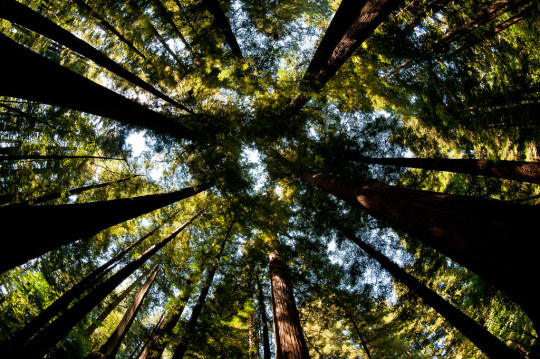
At nearly 50,000 acres, the largest state-owned forest in California, Jackson is a maze of coast redwood, Douglas fir, Sitka spruce, chinquapin, and different varieties of oak. The tree diversity reflects the diversity of birds and other wildlife, while the forest’s hundreds of fungi species make the trails popular among wild foragers. Photo by Tom Jackson Photography.
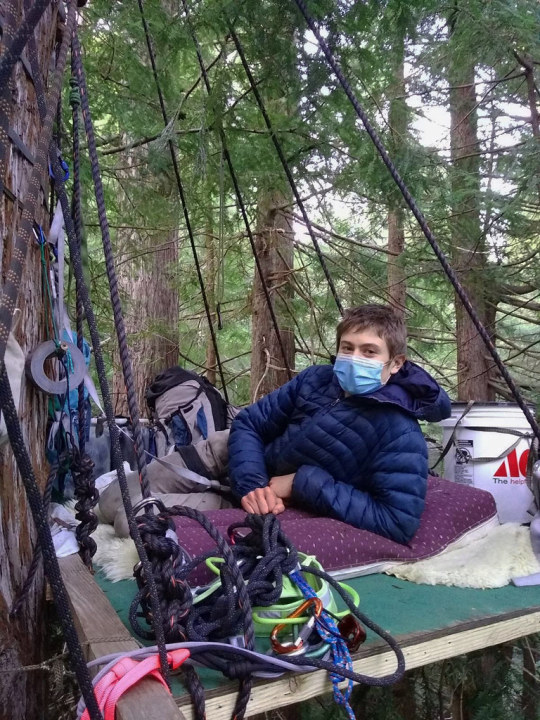
For nine days last April, 18-year-old “Greasy Pete” [Pele Rubin Clark, an 18-year-old resident of Elk, California] lived on a platform the size of a king size bed, 65 feet up in a 200-year-old redwood in Jackson Demonstration State Forest to block Cal Fire’s plan to log parts of the forest. Photo courtesy of Mama Tree Network.
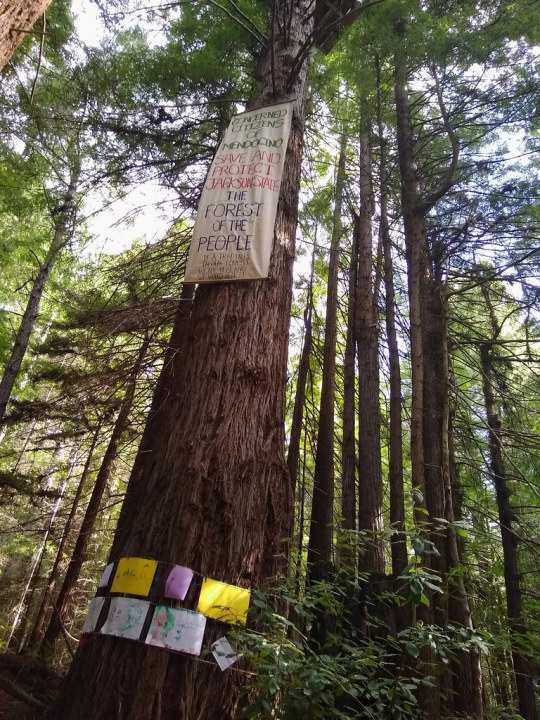
For many residents of Mendocino County, this timber harvest plan and protest is just one episode of a decades long struggle between environmentalists and the logging industry over how Jackson and other state forests in California should be managed — a struggle that has become muddled with recent record-breaking fire seasons in the state and industry talking points that say logging is a form of forest fire management. Photo courtesy of Mama Tree Network.

Last fall, while Swimmer [Chad Swimmer, who lives south of Fort Bragg near Jackson] and others were biking through Jackson, they came across a number of huge redwoods marked for cut with painted blue stripes. Swimmer took a picture with one of them, his arms spread out to show the tree’s immensity. Photo by Samuel Goldberger.
12 notes
·
View notes
Photo
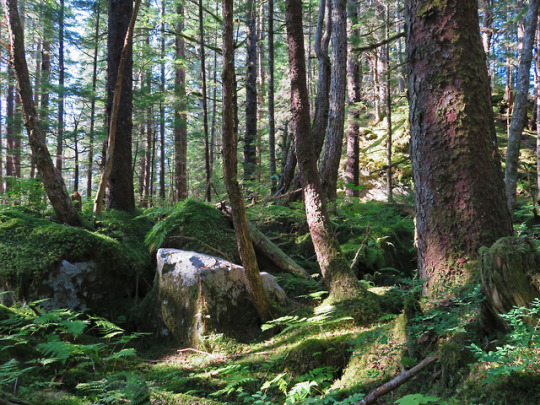
I just recently visited the Tongass National Forest in Alaska. This photo was taken in a section of the national forest near Juneau. The dominant trees here are western hemlock and sitka spruce. Spanning most of Southeast Alaska, the Tongass is the largest national forest in the U.S. and is a fine example of Pacific temperate rainforest.
My first overall impression of Southeast Alaska is that the landscapes and forests appear quite young. In fact, many forests in this region have only become established in recent centuries as glacial ice receded.
#Tongass#rainforest#temperate rainforest#forest#trees#Alaska#tongass national forest#nature photography
124 notes
·
View notes
Link
Only a five minute walk from Lake Quinault was the world's largest Sitka Spruce Tree. (Free bonus picture shows this tree.)These trail photos are from the trail from the road to the tree. Nice dark, forested trail that could be...anywhere, really. Use your imagination, in your world, where does this go? Nine photos total:Eight photos at 2816x2112, 180 dpi. One bonus photo at 2112x 2816, 180 dpi. Coming soon: https://3d-stuff.net/ #daz3d #dazstudio #3drender #3dart #daz3dstudio #irayrender #3dartwork #blender #blenderrender #blenderart #noaiart #noaiwriting #noai https://3d-stuff.net/
0 notes
Note
aloe vera for the ask game!
Aloe Vera: Whats something (mundane) you really want to experience in life?
hmm idk if this counts as mundane, but there are a few specific trees that i really want to see at some point in my life lol. because trees are fascinating. im always adding to this whenever i come across something but here's the list so far:
- general sherman tree in california, largest tree in the world
- alerce milenario in chile, one of the oldest trees in the world
- the hibakujumoku in japan, trees that survived the atomic bombings of hiroshima
- jindai zakura in japan, japans oldest cherry blossom tree
- el árbol del tule in mexico, tree with the stoutest trunk in the world
- sitka spruce on campbell island, the worlds most remote tree
- banyan tree in auroville, india
- fortingall yew in porthshire, scotland
- any baobab tree
#therell be more but thats it for now. trees are so cool#ask games#(also sorry the answers are taking so long lol i was at worm)#*WORK not worm
1 note
·
View note